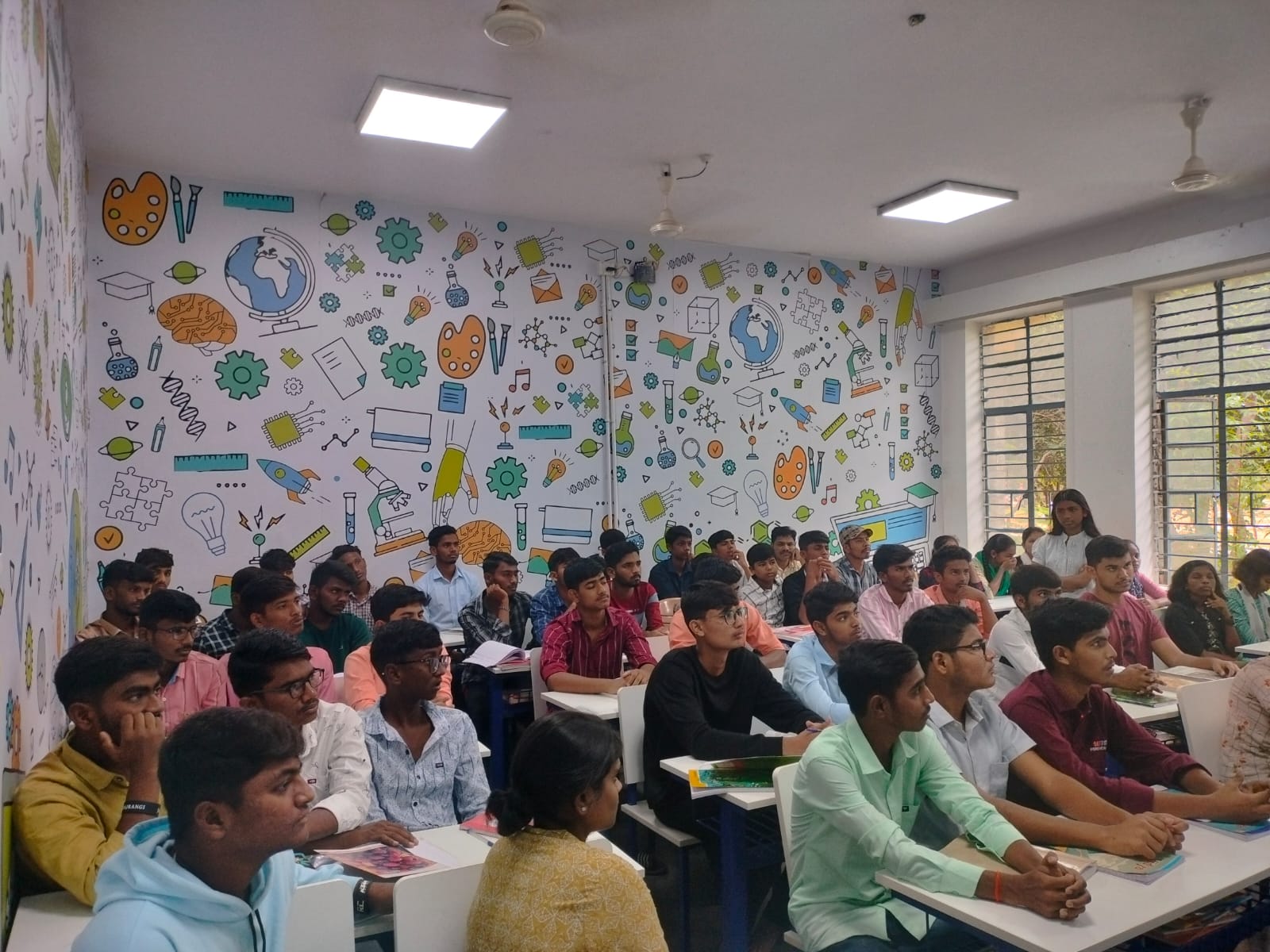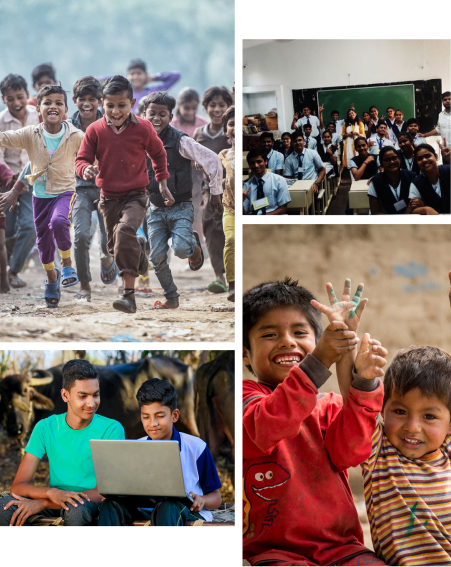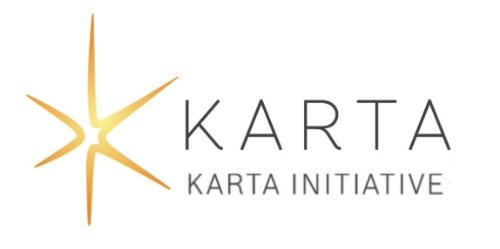Why Karta
Why Karta ?
Who we work with ?
India is one of the fastest growing economies in the world, but it is also one of the most unequal. We work to transform the lives of young people across rural India, who face a range of complex barriers to fulfilling their potential.

The Barriers
Students at our partnering government schools are bursting with potential, achieving a grade point average close to their privately educated, urban peers. Despite this academic excellence, students from rural, low-income communities struggle to access opportunity because of:
Low household income and limited parental education
Poor understanding of pathways to university or careers
Limited or no access to a laptop & internet connection at home
Limited networks and internship experiences
Lack of English language fluency and twenty-first century skills

Our Work
We start working with young people when they turn 15, at the point when they are starting to think about their future. Our support helps them to navigate this period and make the most of post-school opportunities. But it doesn’t stop there. We continue supporting exceptional students through to higher education at world-leading universities with our scholarship programme.

Five ways we make a difference
21st Century Skill Building.
We coach essential skills, including critical thinking and problem solving, English language fluency, and digital literacy
Career Readiness
We mentor to build confidence and awareness of different career pathways.
Access to world leading higher education
We offer support with applying to world-leading universities, teamed with scholarship opportunities
Workplace exposure
We provide tangible opportunities with partnering employers to build experience and career readiness
Community leadership
We guide young people to support each other and their wider communities
Our Research
Research is the bedrock of everything that we do at Karta. Where there are research gaps, we look to fill them.
We have partnered with world-leading research institutions to expand understanding of barriers to opportunity in rural India. Our findings underpin Karta’s programming for young people from low-income families in rural India.

Karta White Paper: Unlocking Social Mobility
Together with research partner Nielsen, we conducted a large-scale comparative study of students across India.
The study analyses disparities of opportunity access for young people in rural government schools compared with those in urban private schools.
Our findings are clear: despite similar academic attainment, significant disadvantages arise from ‘accident of birth’. These disadvantages are correlated with exposure to higher education, English language competency, household amenities, and access to technology.
